The Sharjah Architecture Triennial inspects the future of urbanism
The inaugural Sharjah Architectural Triennial, curated by Adrian Lahoud, is built around the subject ‘Rights of Future Generations’ and investigates decision making and rethinking fundamental questions about architecture in the UAE region and beyond
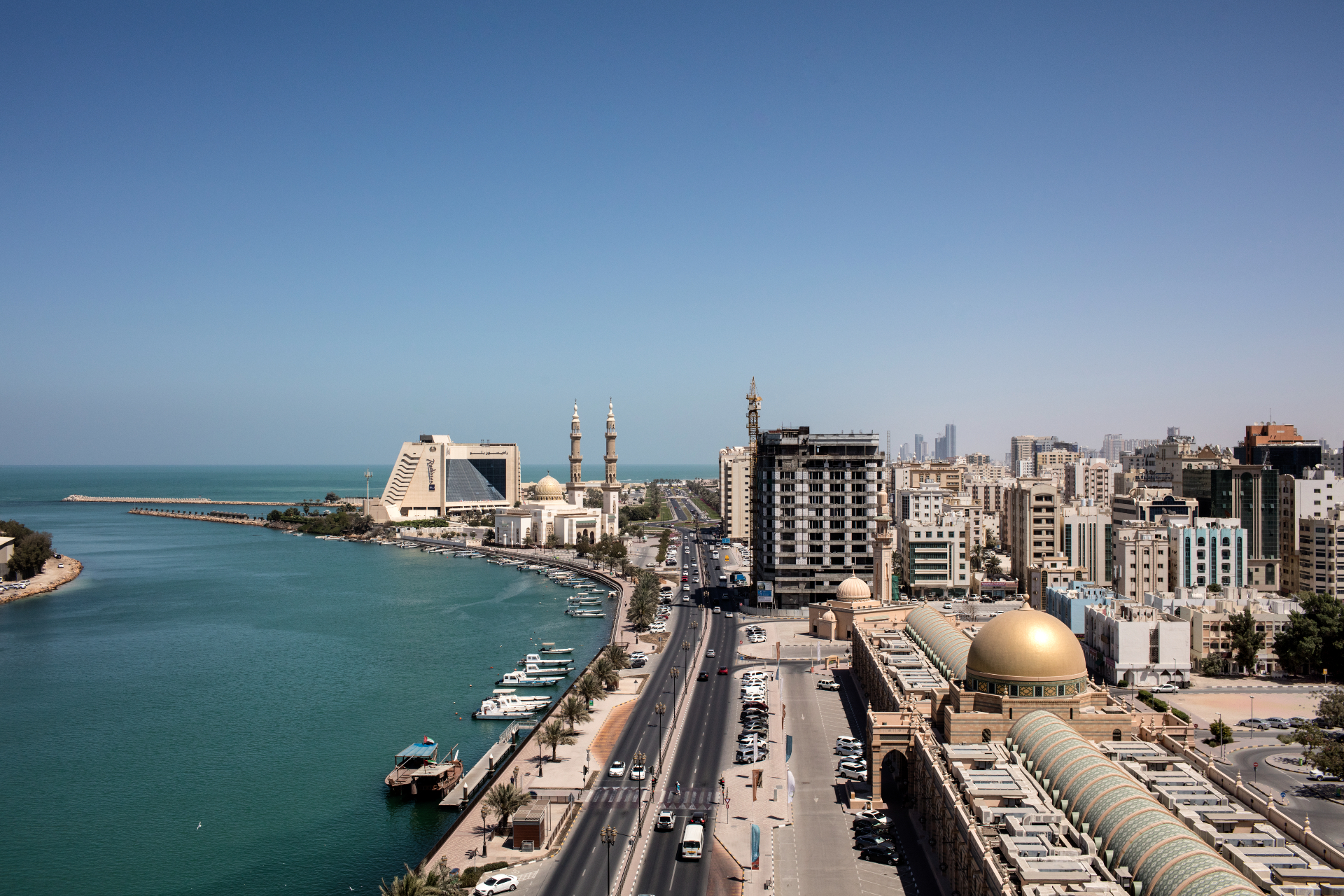
The Sharjah Architecture Triennial is the first major architectural platform for the Global South and aims to stimulate a unique dialogue on architecture and urbanism for countries in the Middle East, North and East Africa and South and Southeast Asia. It was founded by the late Khalid bin Sultan Al Qasimi, who set up the Sharjah Urban Planning Council in 2014, and Adrian Lahoud, Dean of the School of Architecture at London’s Royal College of Art, took the curatorial lead for its inaugural edition in the emirate, which runs until February 2020.
At the heart of the debate is how received wisdom about urban development and its relationship with the environment is being forced on future generations when different solutions need to be sought in the light of the way we now live as well as new challenges such as climate change. Taking as its subject ‘Rights of Future Generations’, the triennial investigates the established top-down approach to decision-making and how present decisions have long-term consequences; to rethink fundamental questions about architecture and its power to create alternative modes of existence.
Situated on both the Gulf and Indian Ocean coasts, Sharjah is at the crossroads of culture and commerce. Hoor Al Qasimi, chairperson of the triennal, says: ‘When people think of architecture in the Gulf, they often picture empty high-rise buildings in the middle of the desert. Yet Sharjah has always held in its character an attachment to the various layers of its history, with a focus on the protection of material heritage.’ With such conservation in mind, 15 buildings have already been identified in the past years and are being renovated. Two of them, fine examples of the 1970s and ’80s architecture in the region, Al-Qasimiyah School and the old Al Jubail Fruit and Vegetable Market are taken as the Triennale’s primary venues.
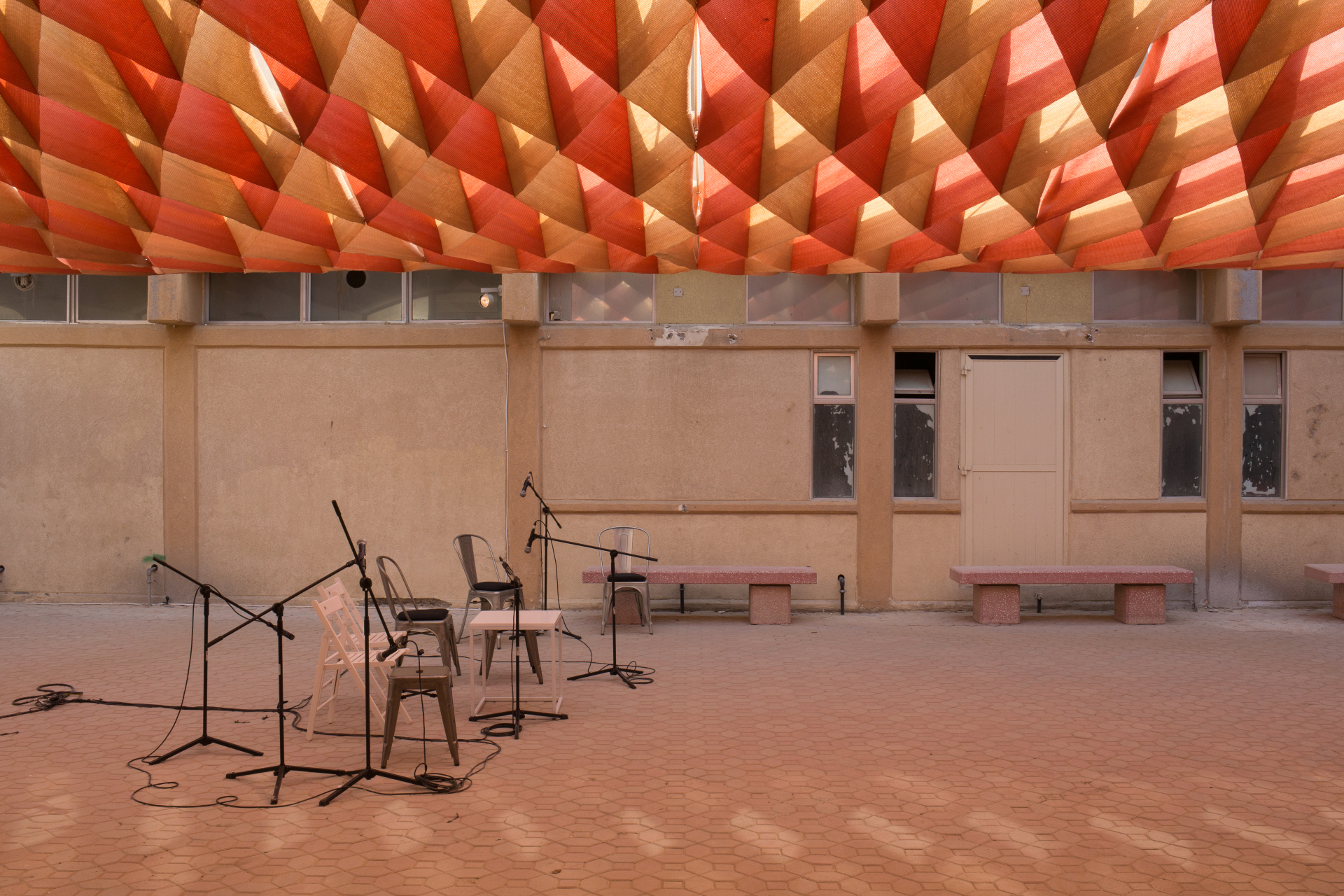
All(zone)’s Set the Controls for the Heart of the Sun questioned the UAE’s vast air-conditioned buildings that separate people from the natural environment. Its resulting design is a floating fabric roof structure that employs the principle of passive cooling to create a transitional climatic space.
The interdisciplinary conversation the triennal initiated is entrusted to generate new and long-lasting discussions about the future of Sharjah. ‘We invited stakeholders and policymakers to join the board, so that all the conversations generated could be shared with them. In turn, they will provide feedback and help to facilitate future projects,’ Al Qasimi says.
RELATED STORY
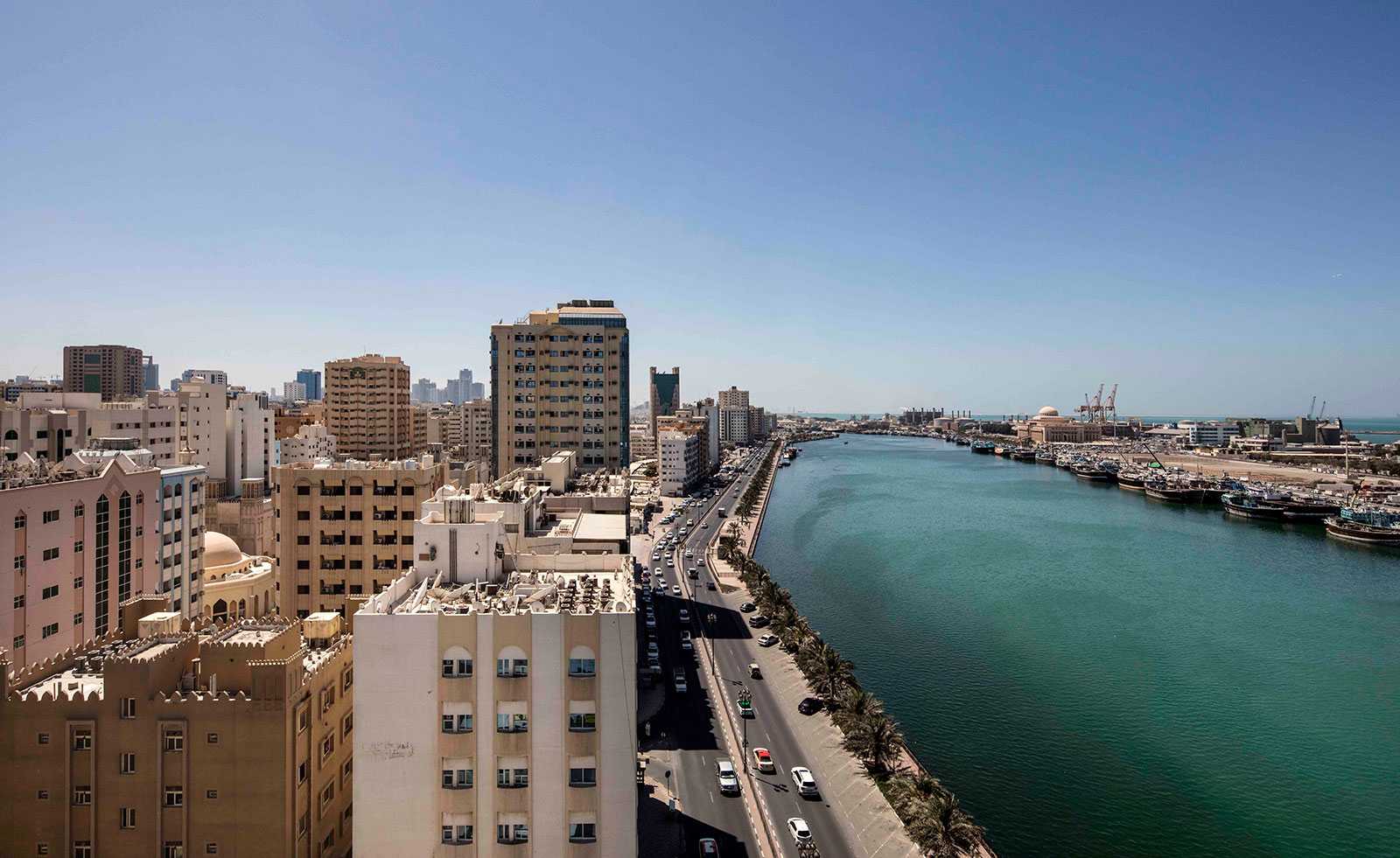
Paris-based Lina Ghotmeh and New York-based L.E.FT, both Lebanese companies, Kuwait and Bahrain-based Civil Architecture and Bangkok-based all(zone) have been invited to examine the current state of Sharjah’s housing, schooling and environment and make proposals for their future advancement. Ghotmeh’s Inclusive Living suggests the reintroduction and rejuvenation of Sharjah’s urban courtyard forms which had given way to isolating apartment blocks. All(zone)’s Set the Controls for the Heart of the Sun questioned the UAE’s vast air-conditioned buildings that separate people from the natural environment. Its resulting design is a floating fabric roof structure that employs the principle of passive cooling to create a transitional climatic space.
Many of the show’s 35 projects commissioned by the triennial involve professionals in fields outside of architecture but who deal with other diverse aspects of life that make up our communities. Depth Unknown is an archaeological project in Sebastia, Palestine by native architect Dima Srouji, sound artist Dirar Kalash, archaeologist and anthropologist Silvia Truini, and anthropologist Nadia Abu El-Haj. By using sonic technology to monitor and resist the ever-shifting terrain and how this affects the movement of the archaeological fragments found there, to document the area both as an archaeological site and a living city.
Bangladeshi architect Marina Tabassum’s Inheriting Wetness examines the continuous and unstable interplay of erosion and accretion for the resident Bengalis and how adaptation to instability might be the Ganges Delta inhabitants' best strategy in a time of increased environmental uncertainty. Platforms by Italian duo Dogma looks at the use of platforms as an architectural element that is common to many civilisations, not only as a symbol of power, but also as a gathering place, and reinterprets this feature as a political construct, presented in 24 drawings, a book and a site-specific intervention built in the centre of Sharjah.
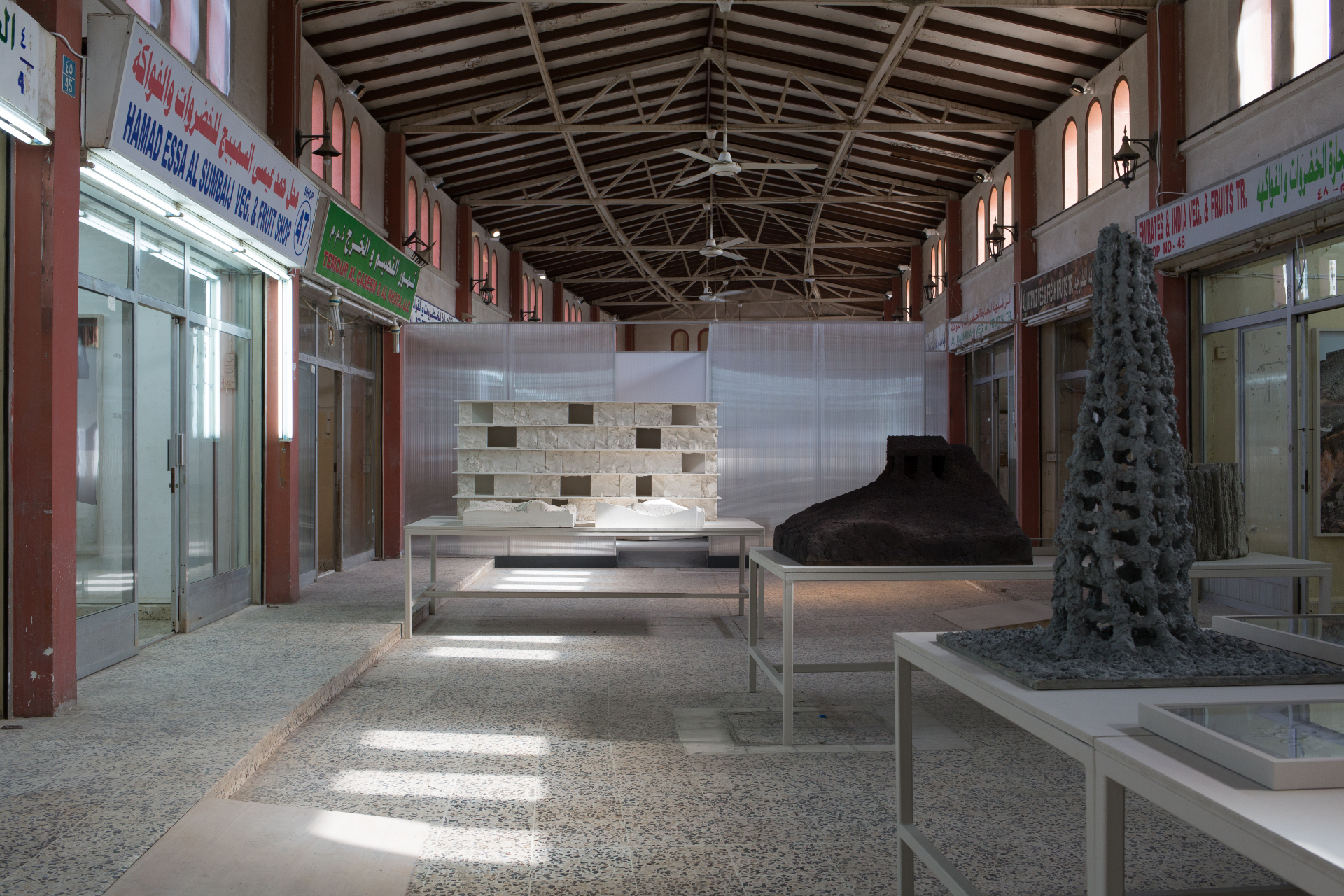
Studio Anne Holtrop, Material Gesture: Gypsum. Installation view.
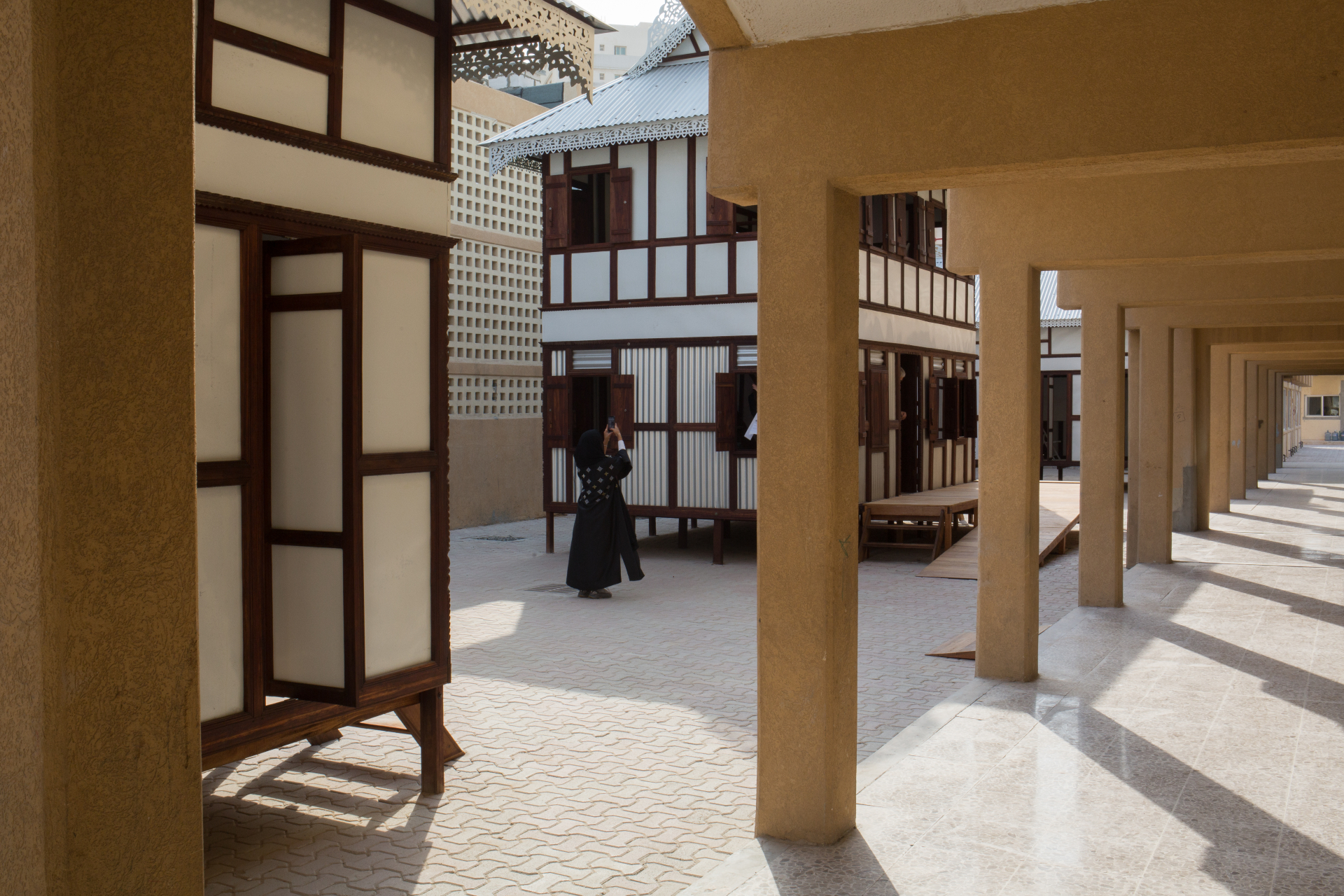
Inheriting Wetness by Bangladeshi architect Marina Tabassum examines how adaptating to the instability caused by the alternative wet and dry seasons of the Ganges Delta might be the inhabitants best strategy in the environmental uncertainty of the future.
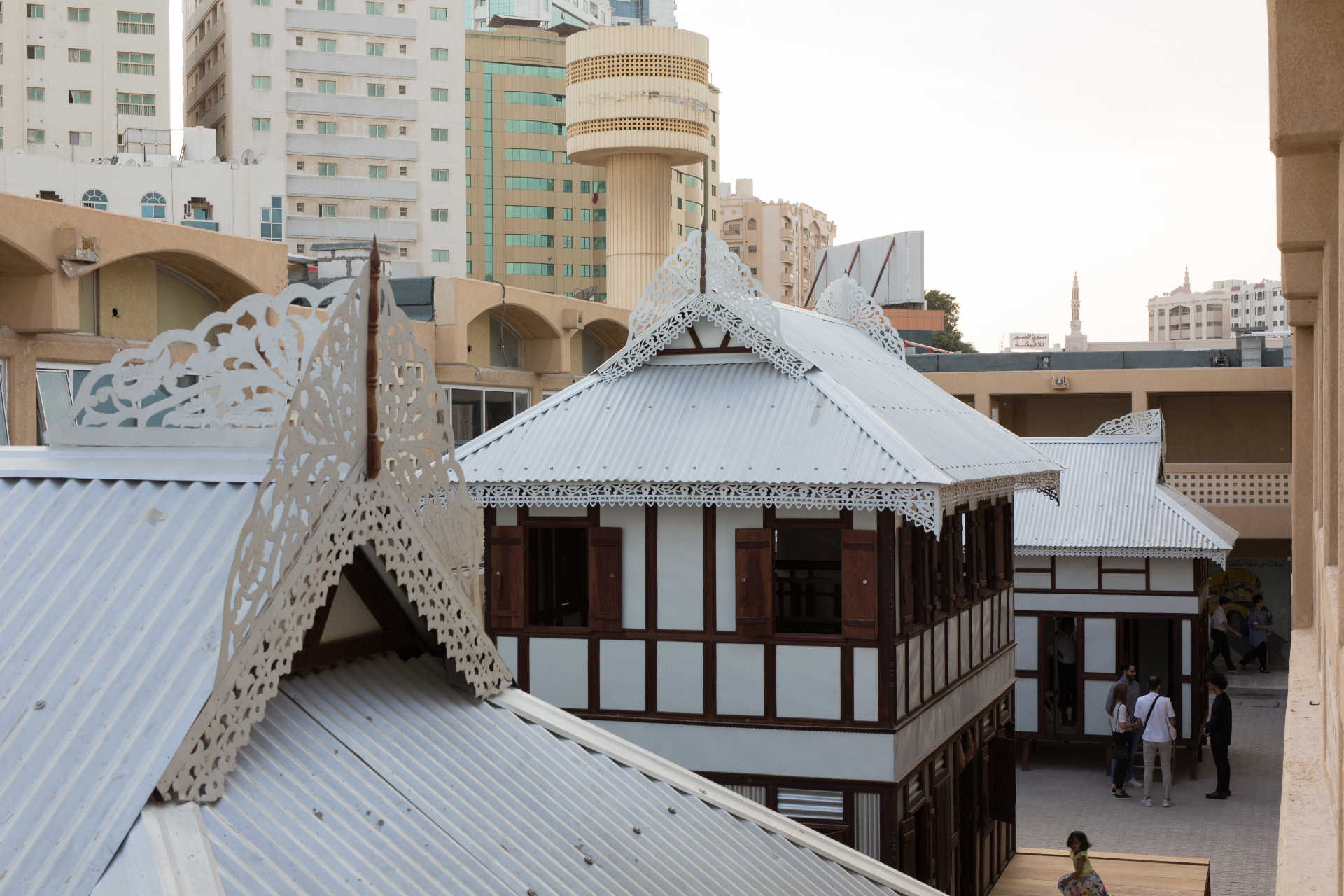
Inheriting Wetness by Marina Tabassum Architects.
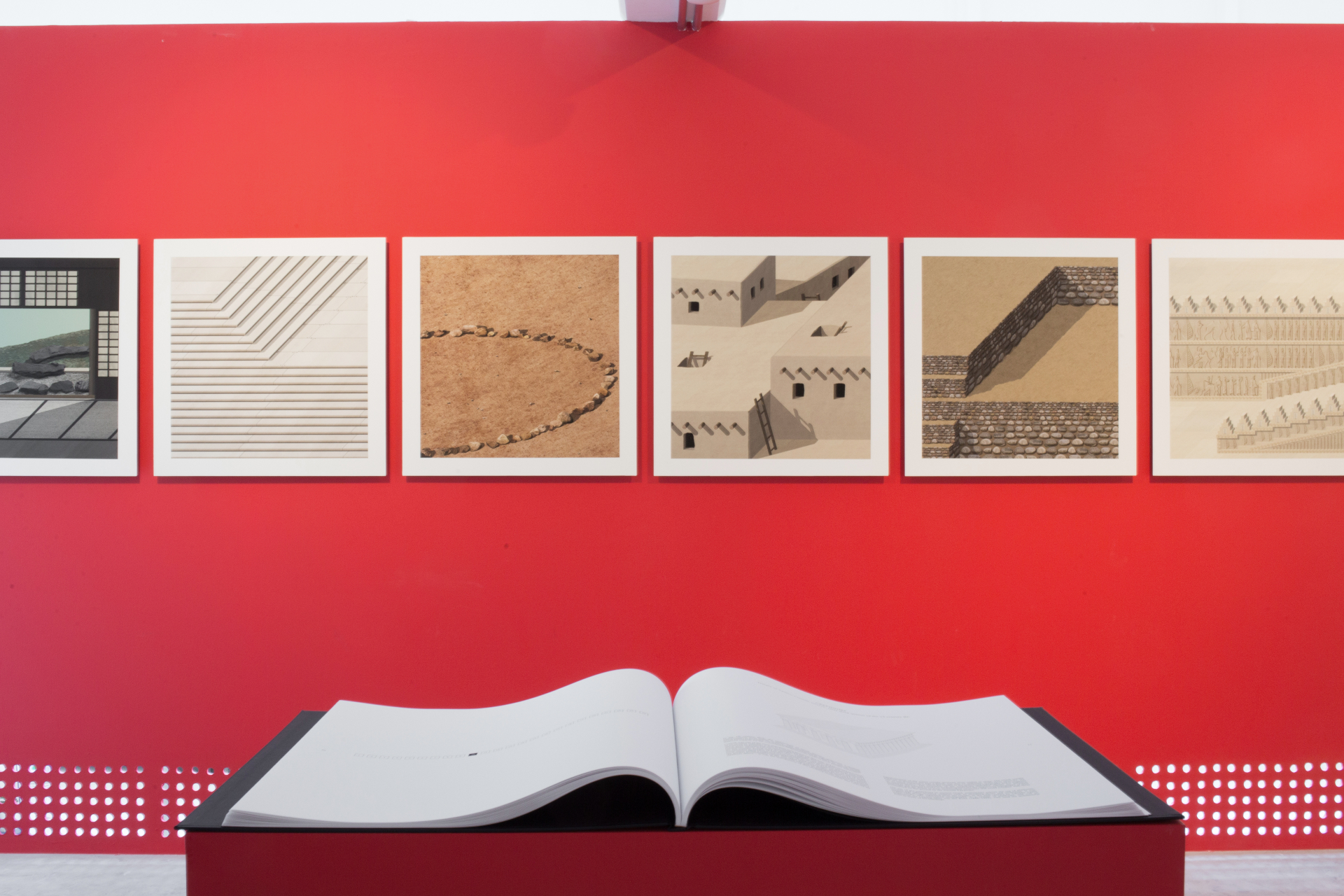
Platforms by Dogma reinterprets the theme of platforms – traditionally used both as a symbolic seat of power and as a gathering place – in a series of 24 drawings, a book and a site-specific intervention built in the centre of Sharjah.
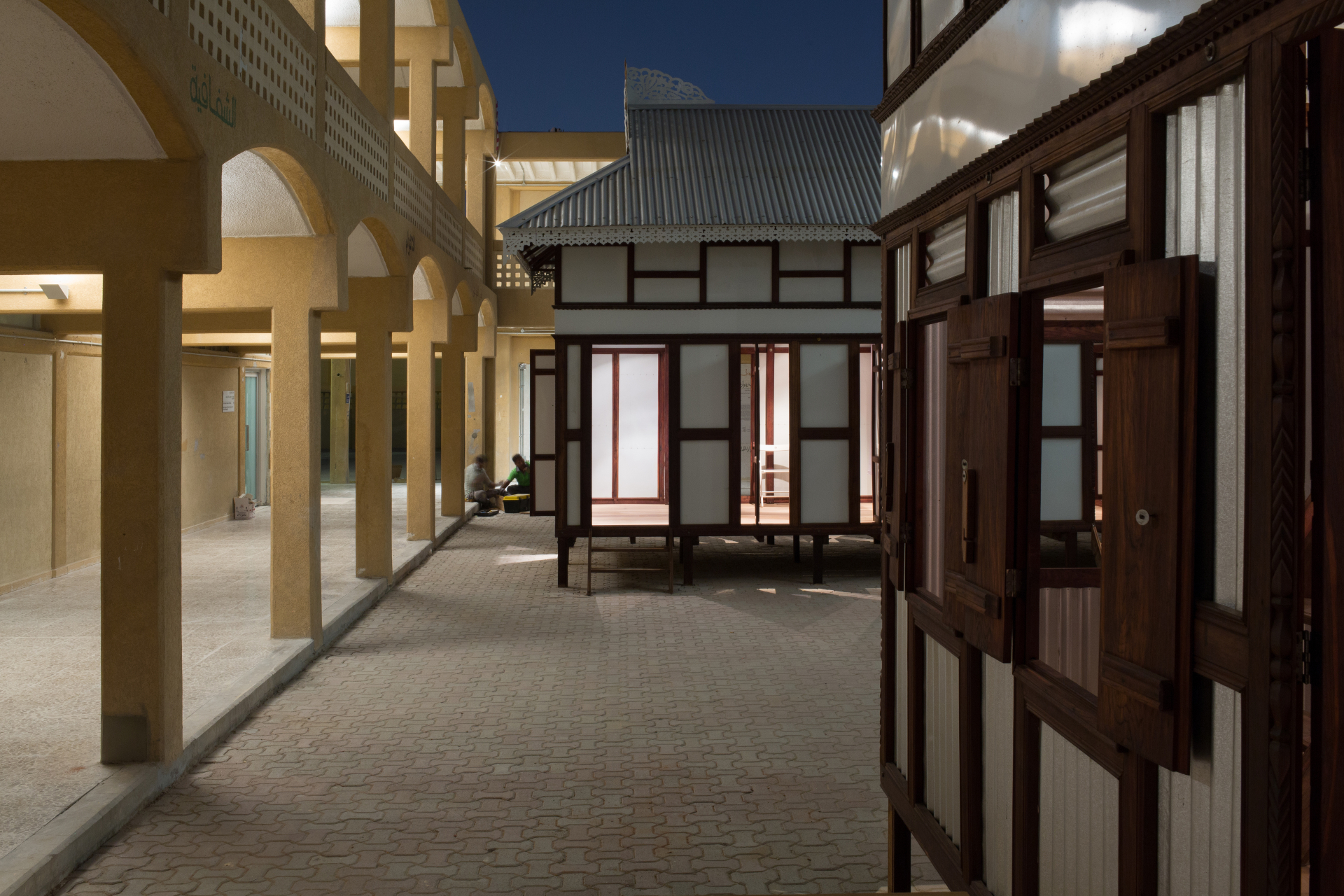
Inheriting Wetness by Marina Tabassum Architects.
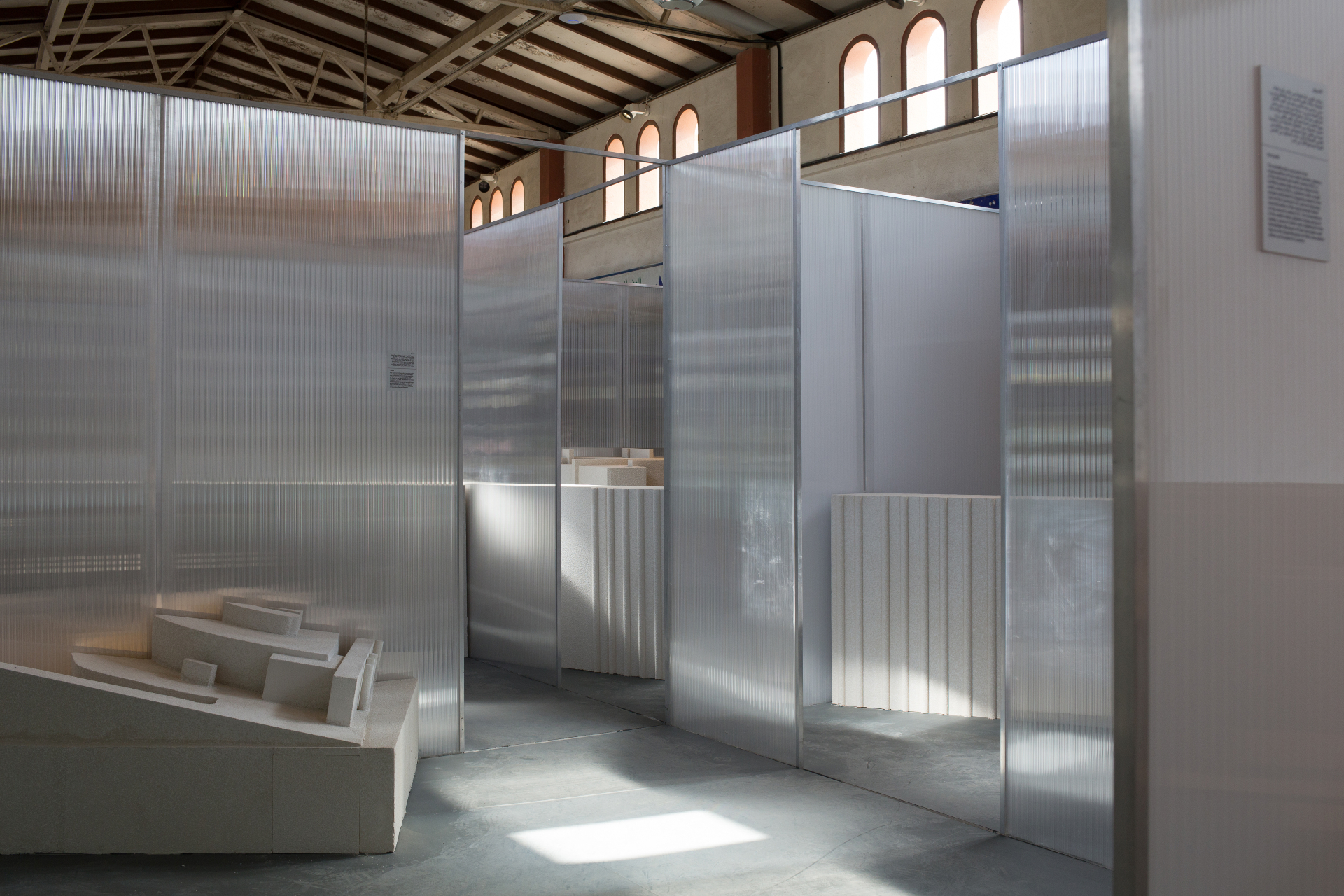
Depth Unknown, a project by Dima Srouji with Dirar Kalash, Silvia Truini, Nadia Abu El-Haj and Omar Jabareen, proposes to use sonic technology to provide an alternative archive to document the archaeological excavation of Sebastina in Palestine.
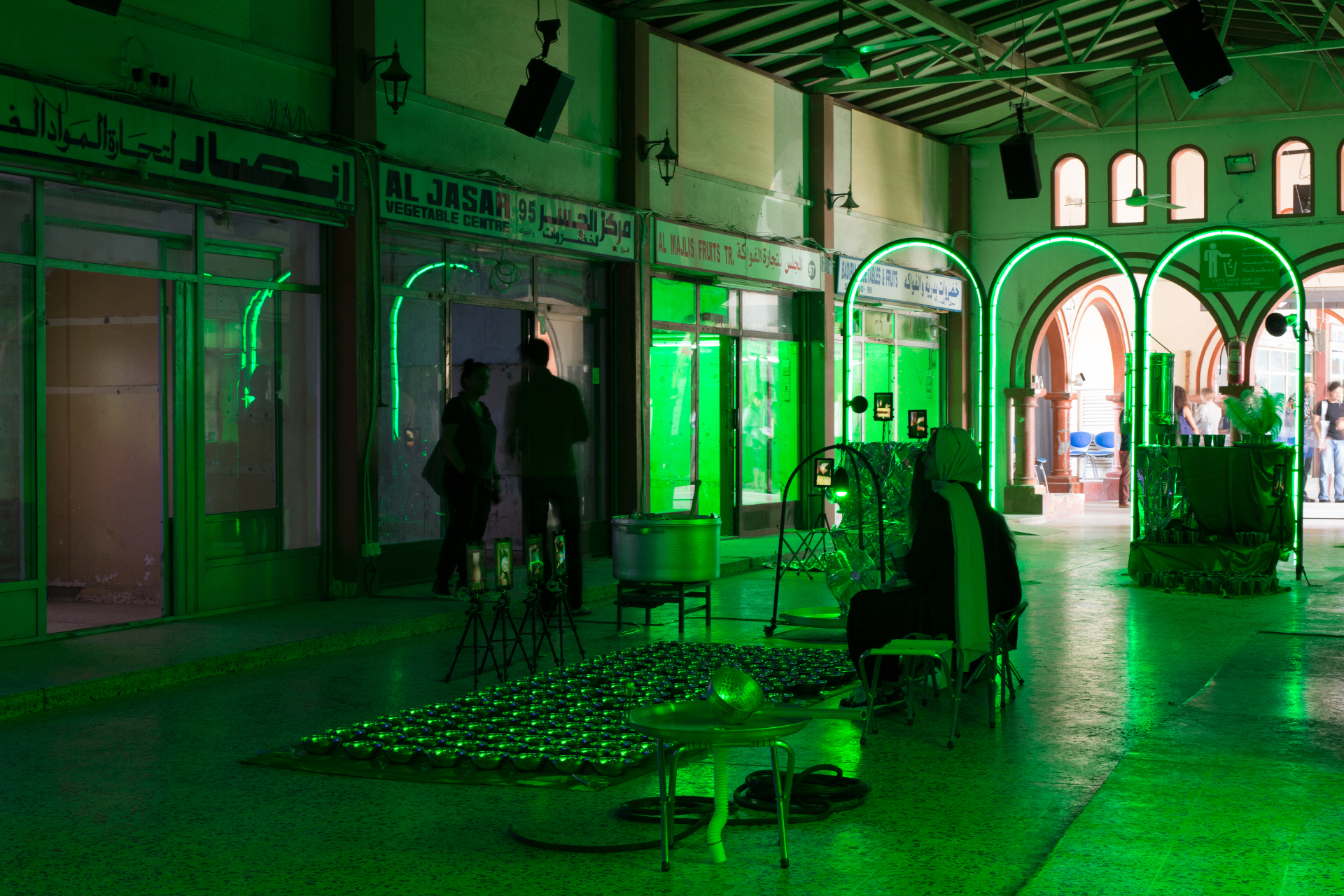
Parable of Mehr by Samaneh Moafi with WORKNOT!, Mhamad Safa, Maria Bessarabova, Platform 28, and residents of Mehr in Dowlatabad, Esfahan.
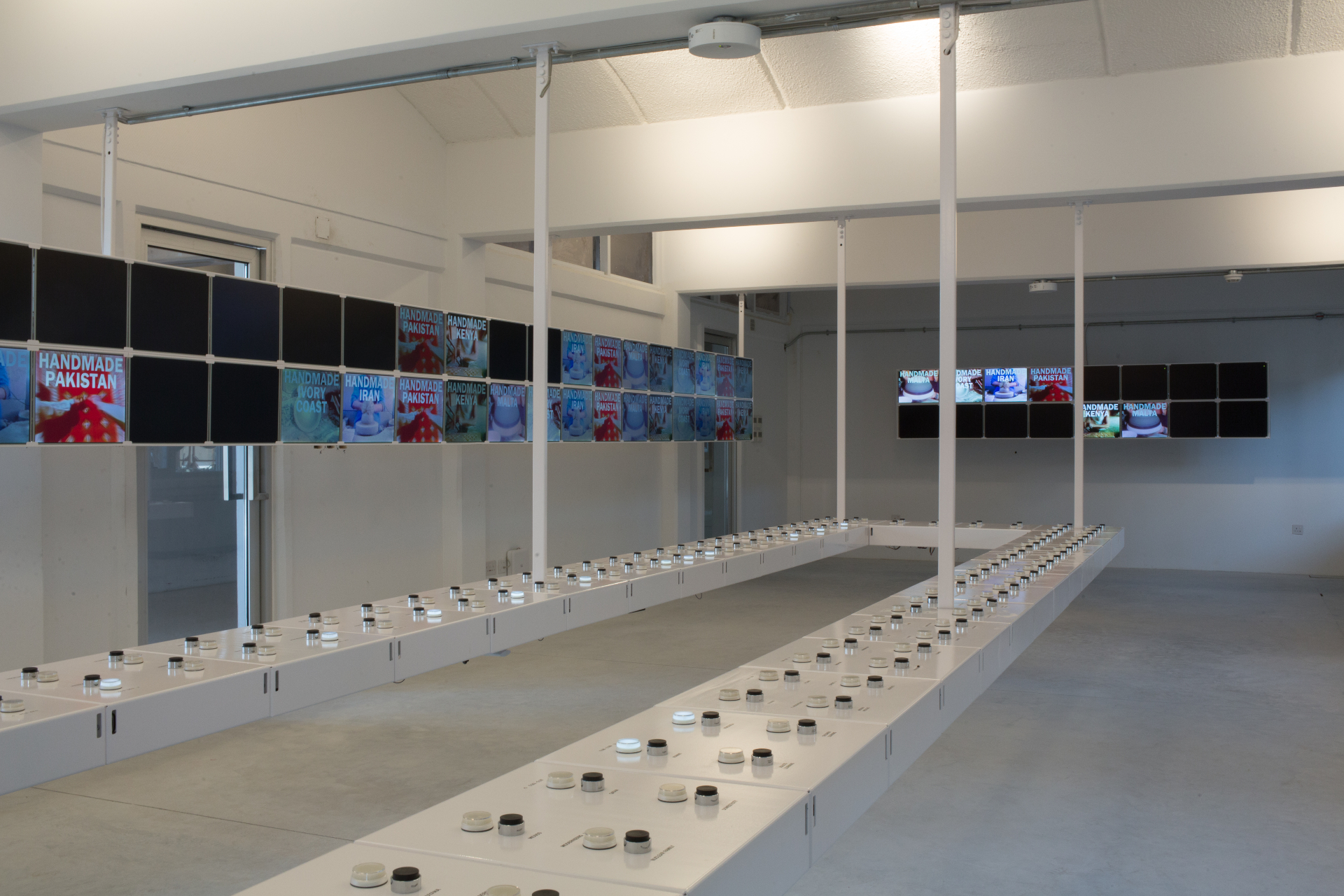
Media Habitat, c. 1975 by Farzin Lotfi-Jam, Felicity D. Scott, Mark Wasiuta.
INFORMATION
Wallpaper* Newsletter
Receive our daily digest of inspiration, escapism and design stories from around the world direct to your inbox.
Yoko Choy is the China editor at Wallpaper* magazine, where she has contributed for over a decade. Her work has also been featured in numerous Chinese and international publications. As a creative and communications consultant, Yoko has worked with renowned institutions such as Art Basel and Beijing Design Week, as well as brands such as Hermès and Assouline. With dual bases in Hong Kong and Amsterdam, Yoko is an active participant in design awards judging panels and conferences, where she shares her mission of promoting cross-cultural exchange and translating insights from both the Eastern and Western worlds into a common creative language. Yoko is currently working on several exciting projects, including a sustainable lifestyle concept and a book on Chinese contemporary design.
-
 This new Vondom outdoor furniture is a breath of fresh air
This new Vondom outdoor furniture is a breath of fresh airDesigned by architect Jean-Marie Massaud, the ‘Pasadena’ collection takes elegance and comfort outdoors
By Simon Mills
-
 Eight designers to know from Rossana Orlandi Gallery’s Milan Design Week 2025 exhibition
Eight designers to know from Rossana Orlandi Gallery’s Milan Design Week 2025 exhibitionWallpaper’s highlights from the mega-exhibition at Rossana Orlandi Gallery include some of the most compelling names in design today
By Anna Solomon
-
 Nikos Koulis brings a cool wearability to high jewellery
Nikos Koulis brings a cool wearability to high jewelleryNikos Koulis experiments with unusual diamond cuts and modern materials in a new collection, ‘Wish’
By Hannah Silver
-
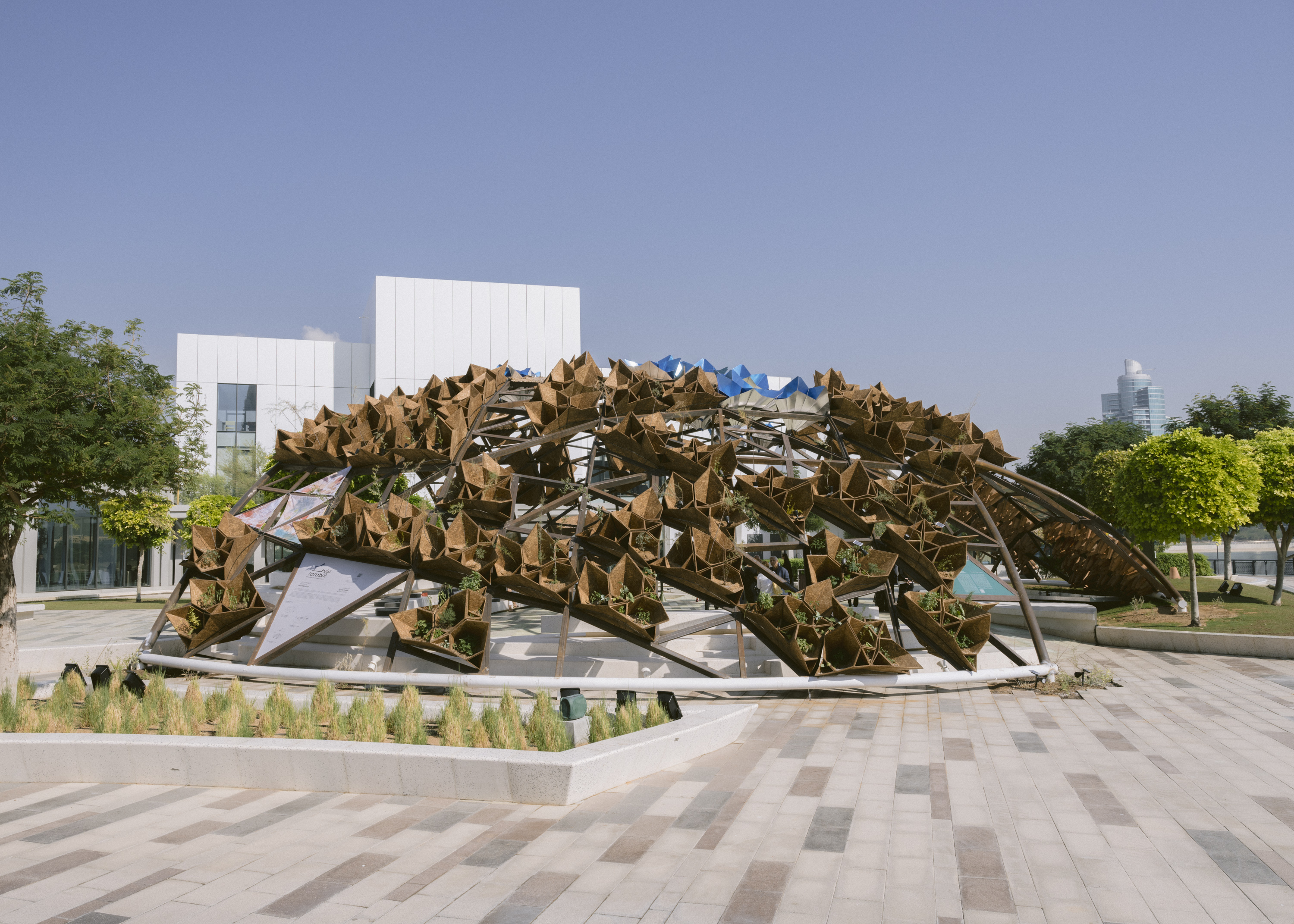 Art Jameel pavilion in Dubai is a dome to fight climate doom
Art Jameel pavilion in Dubai is a dome to fight climate doomArt Jameel pavilion by Lebanese practice theOtherDada flags sustainability in Dubai, and opened to coincide with COP 28
By Nana Ama Owusu-Ansah
-
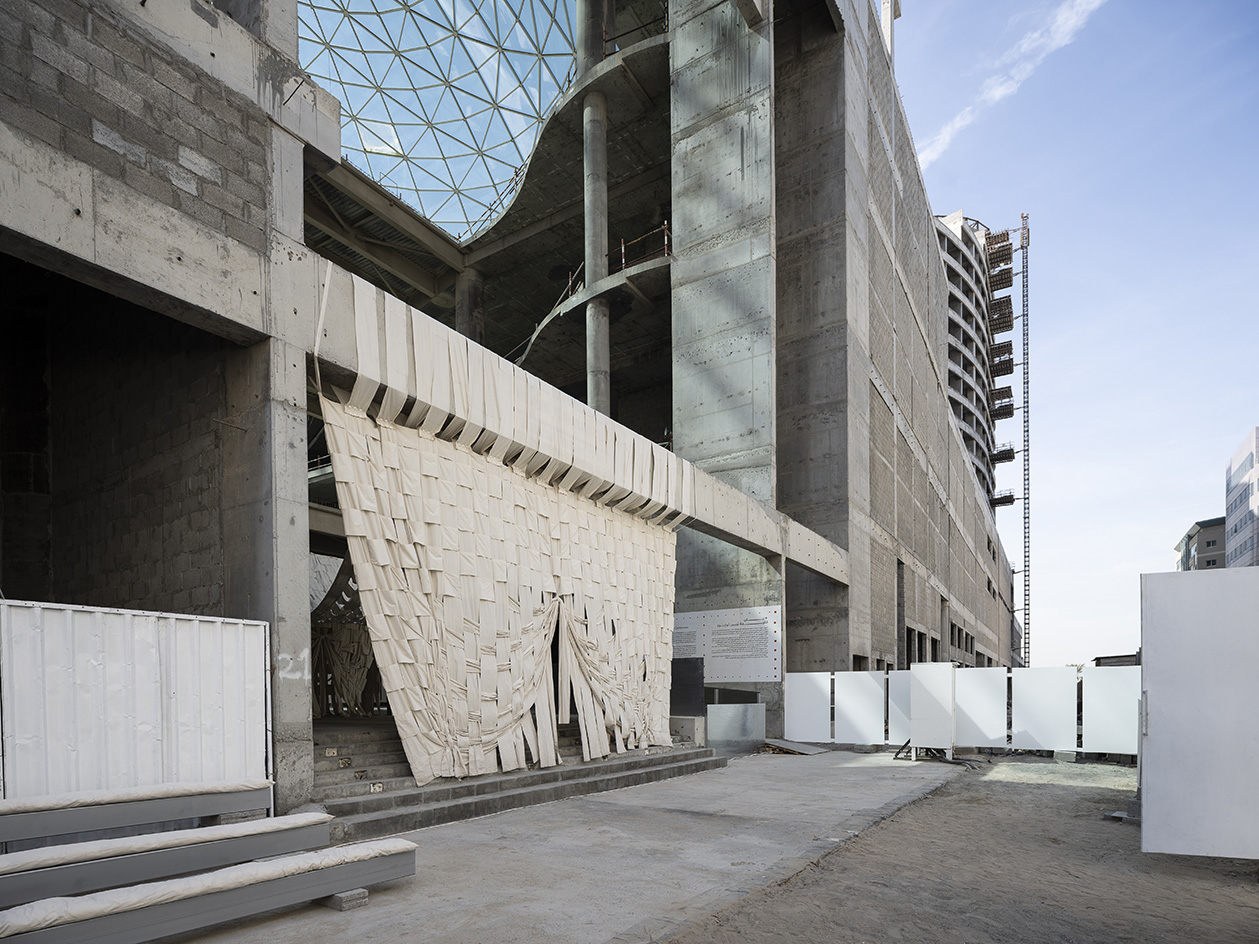 Installation SUPER LIMBO activates the empty building site of Sharjah Mall
Installation SUPER LIMBO activates the empty building site of Sharjah MallSUPER LIMBO installation by Limbo Accra and Ivorian textile brand Super Yaya uses weaving methods to activate the paused building site of Sharjah Mall during Sharjah Architecture Triennial 2023
By Nana Ama Owusu-Ansah
-
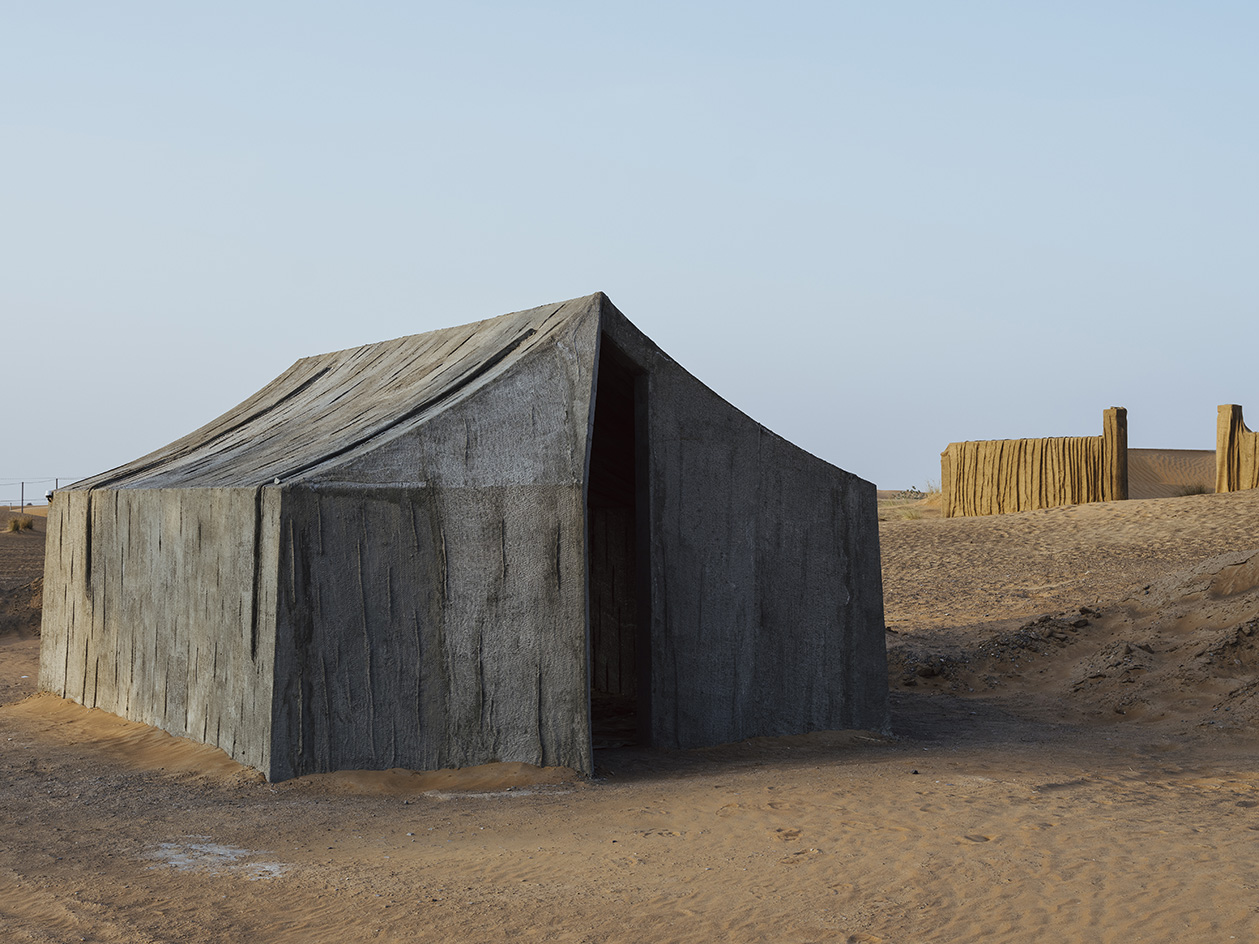 Sharjah Architecture Triennial 2023 celebrates the ‘beauty of impermanence’
Sharjah Architecture Triennial 2023 celebrates the ‘beauty of impermanence’The Sharjah Architecture Triennial 2023, curated by Tosin Oshinowo, focuses on beauty, impermanence and adaptability; and it has just launched in the UAE
By Ellie Stathaki
-
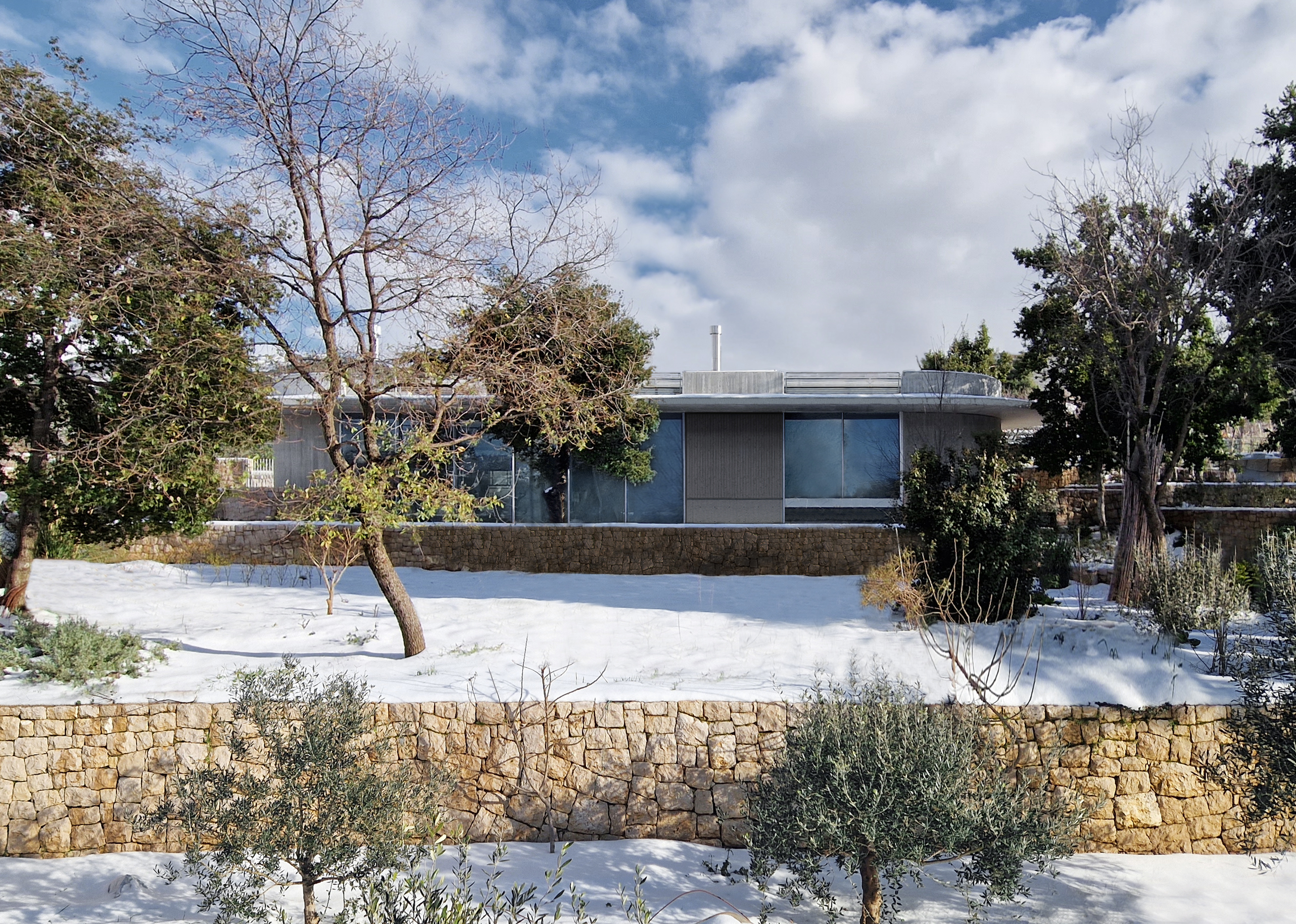 East Architecture Studio, Lebanon and UAE: Wallpaper* Architects’ Directory 2023
East Architecture Studio, Lebanon and UAE: Wallpaper* Architects’ Directory 2023East Architecture Studio, with a base in Lebanon and the UAE, joins the ranks of the Wallpaper* Architects’ Directory 2023, our annual round-up of exciting emerging architecture studios
By Ellie Stathaki
-
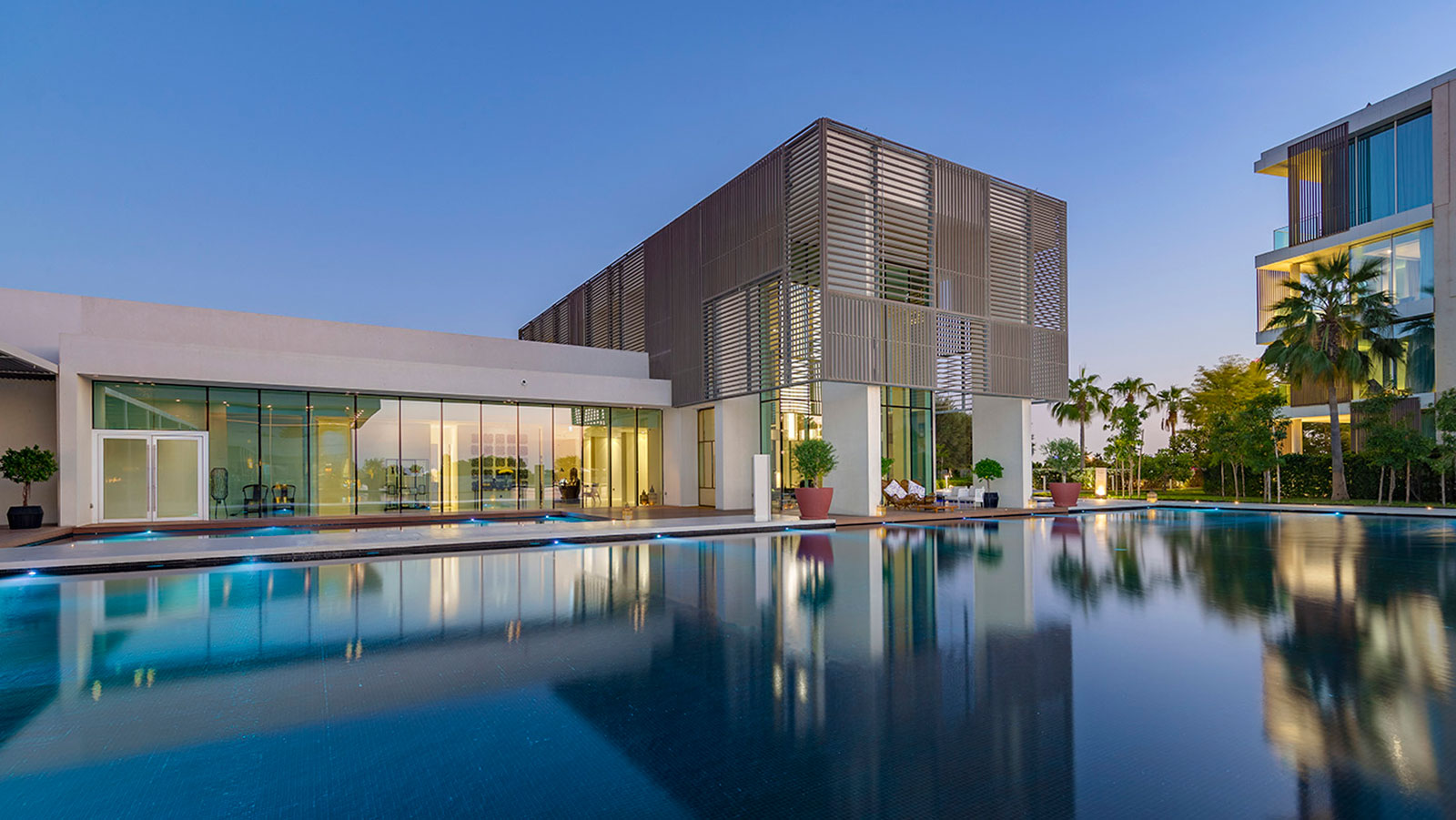 Oberoi Beach Resort, Al-Zorah by Piero Lissoni is an understated UAE gem
Oberoi Beach Resort, Al-Zorah by Piero Lissoni is an understated UAE gemThe Oberoi Beach Resort, Al-Zorah by Piero Lissoni offers beach breaks and contemporary design in the UAE
By Daven Wu
-
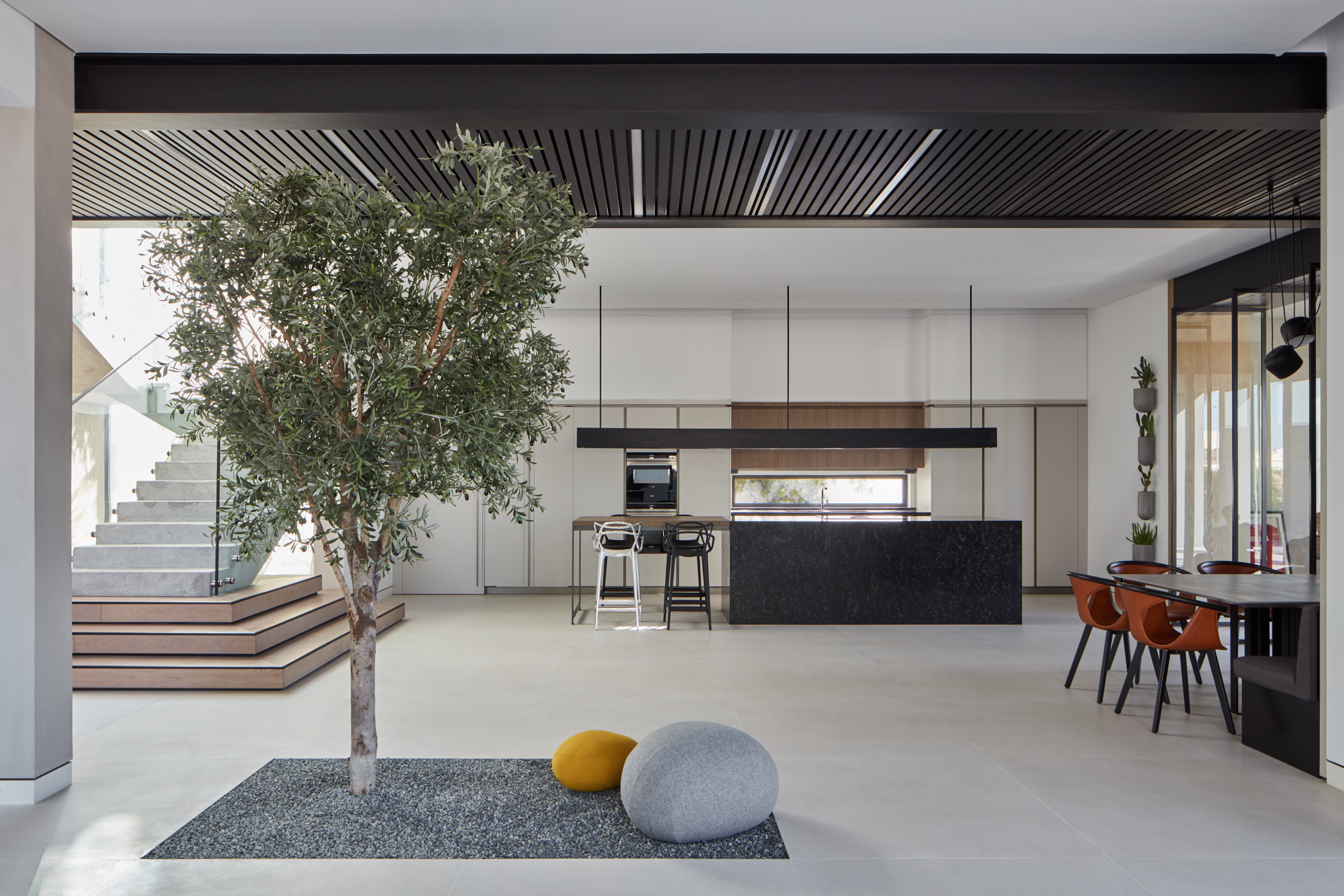 Roar, UAE: Wallpaper* Architects’ Directory 2022
Roar, UAE: Wallpaper* Architects’ Directory 2022Wallpaper* Architects’ Directory is our annual round-up of exciting emerging architecture studios. Our 2022 list includes UAE-based studio Roar, with this minimalist home in Dubai
By Martha Elliott
-
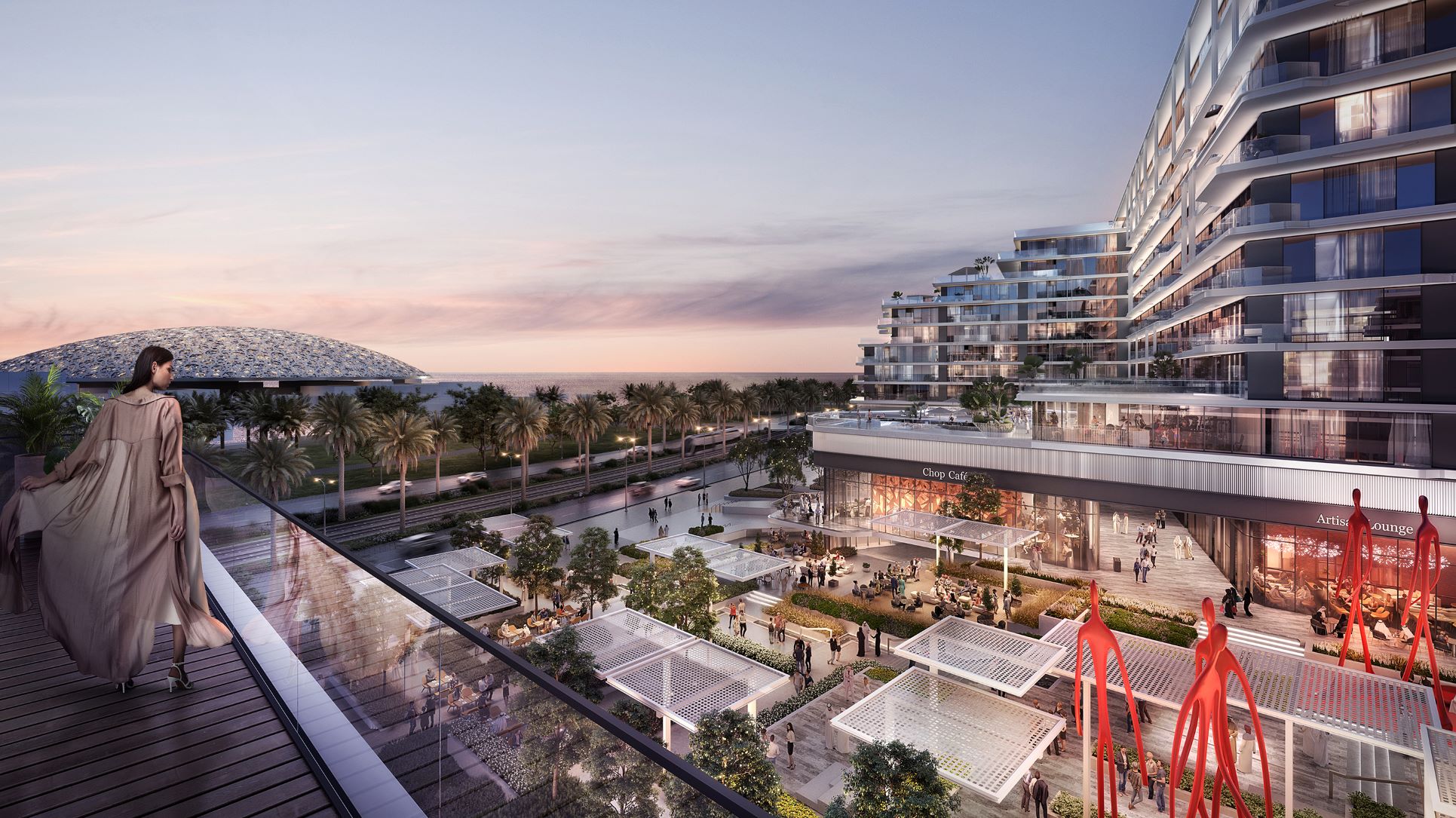 Louvre Abu Dhabi Residences to elevate art of living in UAE
Louvre Abu Dhabi Residences to elevate art of living in UAEA new development of 400 exclusive residences will offer the chance to live alongside the iconic Louvre Abu Dhabi in the heart of the UAE’s Saadiyat Island Cultural District
By Simon Mills
-
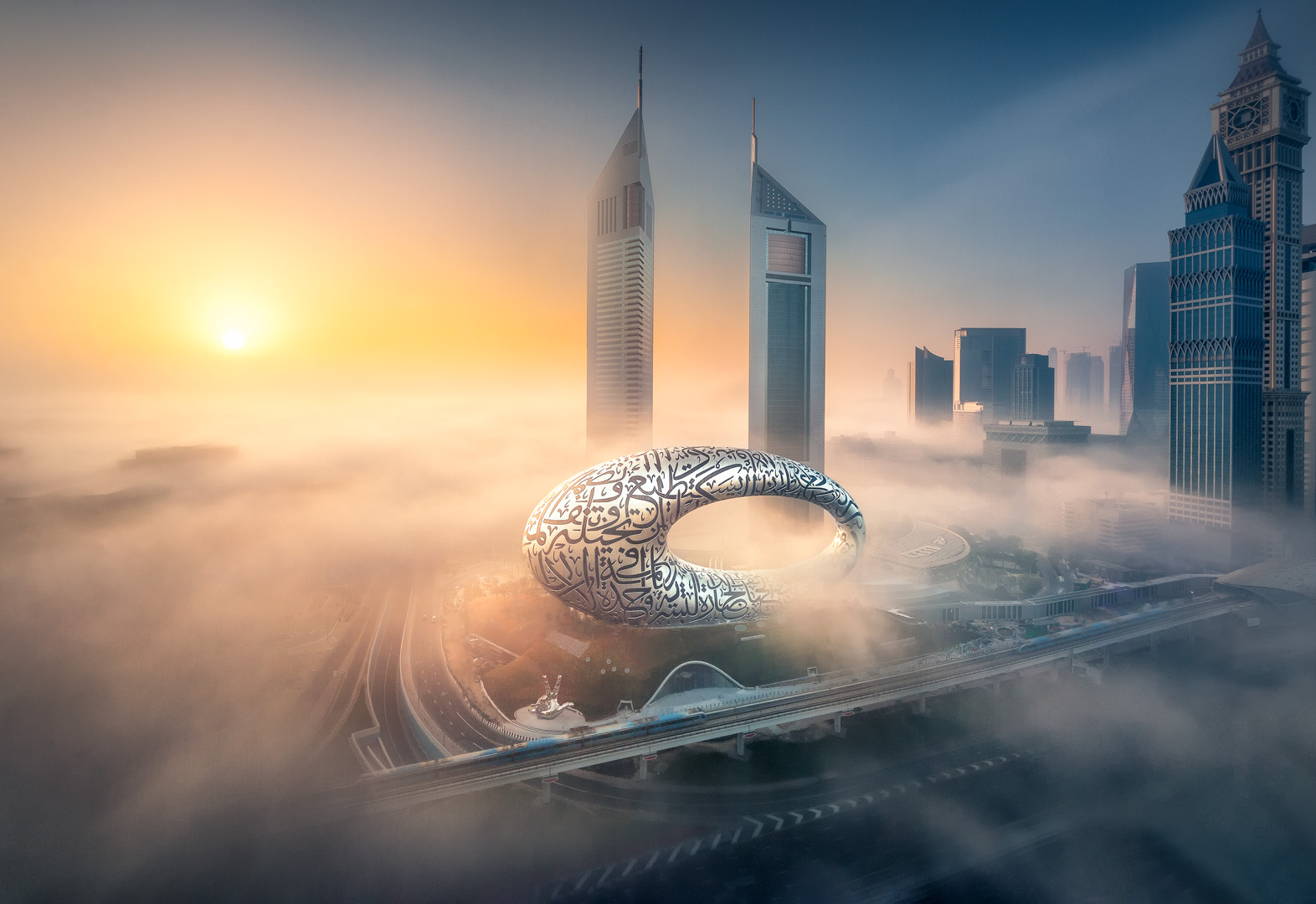 Dubai welcomes the Museum of the Future
Dubai welcomes the Museum of the FutureKilla Design and the Dubai Future Foundation launch the Museum of the Future in Dubai, which opens its doors to the public today (22 February 2022)
By Ellie Stathaki